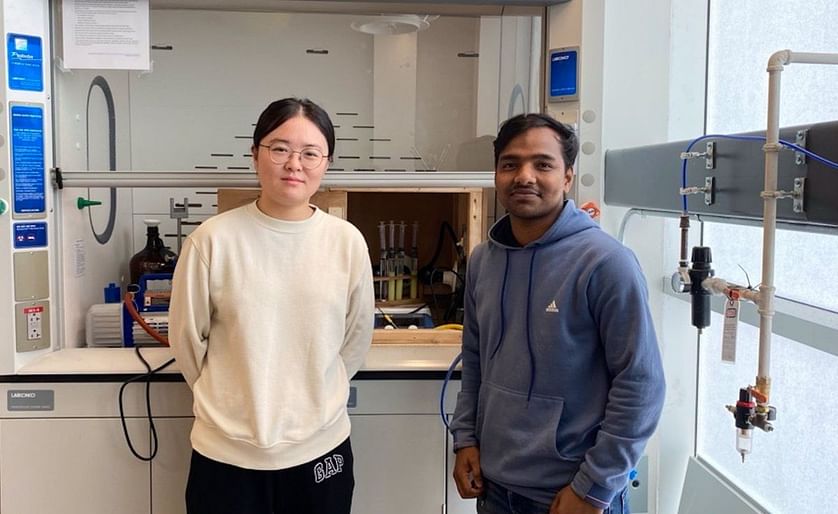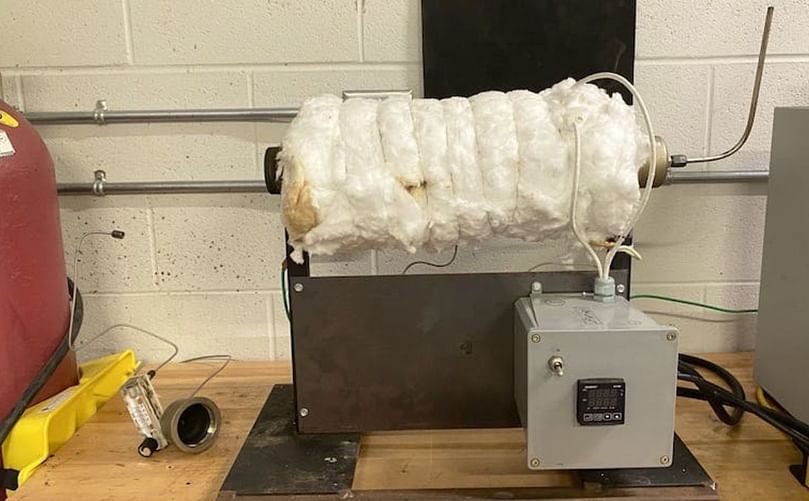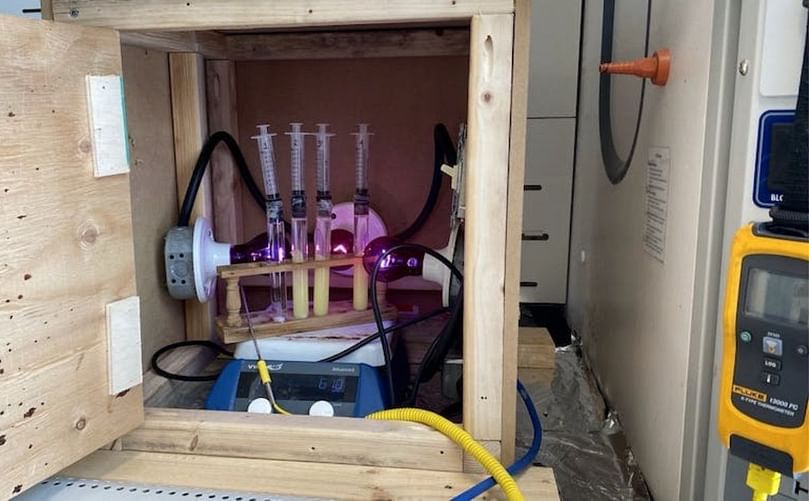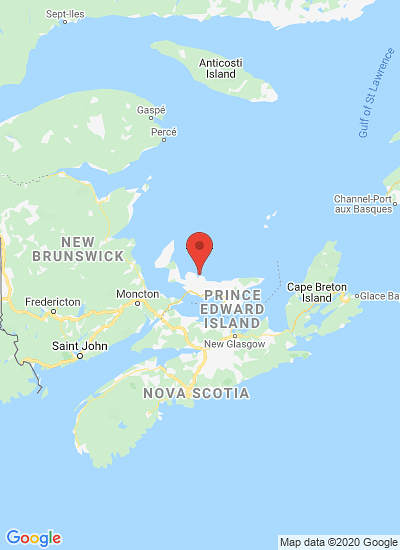Yulin Hu, left, and Nasim Mia, right, are experimenting with hydrogen production at UPEI using sources such as potatoes, sawdust, and UV light. Yulin Hu, left, and Nasim Mia, right, are experimenting with hydrogen production at UPEI using sources such as potatoes, sawdust, and UV light.
Researchers at UPEI experimenting with making hydrogen from potato peels

Researchers at UPEI are experimenting on food scraps, wood and UV light to produce hydrogen gas.
Yulin Hu, an assistant professor of engineering at UPEI, is conducting research into green energy, using potato peels to produce syngas.
In a simulation published in the Frontiers of Agricultural Science and Engineering in October, Hu and her colleagues proved the viability of potato waste as a method for producing hydrogen.
Yulin Hu:
Cavendish farms in P.E.I. had a similar experiment ongoing before Hu’s research began, turning potato peels into biofuels in large tanks at one of its processing facilities.
Yulin Hu:
Funding
The experiment has received funding from the Climate Challenge Fund, Mitacs and AKA Energy Systems, which will be used to expand and improve the laboratory experiments Hu and her colleagues will conduct at UPEI.
Nasim Mia, a graduate research student and teaching assistant at UPEI, is one of the researchers working with Hu to generate hydrogen for green fuels.
In addition to working on the co-gasification simulation and experiment, Mia is conducting research into the benefits of UV light to hydrogen production.
 Mia’s laboratory experiment involves a darkened box, multiple UV light bulbs and fluid-filled vials that Mia mechanically agitates to produce hydrogen.
Mia’s laboratory experiment involves a darkened box, multiple UV light bulbs and fluid-filled vials that Mia mechanically agitates to produce hydrogen.
Nasim Mia:
Nasim Mia:
Green tomorrow
Alongside the potato gasification research, Hu is studying carbon absorption in partnership with Dalhousie University, experimenting on stopgap measures for society's path to a greener future. Hu and her research team conducted several simulations, publishing a paper on the promising results.
Nasim Mia:

Yulin Hu, an assistant professor of engineering at UPEI, is conducting research into green energy, using potato peels to produce syngas.
In a simulation published in the Frontiers of Agricultural Science and Engineering in October, Hu and her colleagues proved the viability of potato waste as a method for producing hydrogen.
Yulin Hu:
"Hydrogen is green fuel. And I think it’s the future, because hydrogen has three times the energy content of gasoline and diesel fuels, and when we burn it, it's just water."Hu said this project started through a desire to combat food waste while also improving the feasibility of syngas production.
Cavendish farms in P.E.I. had a similar experiment ongoing before Hu’s research began, turning potato peels into biofuels in large tanks at one of its processing facilities.
Yulin Hu:
"I was thinking, are there any other alternative solutions that we can also value this potato waste?"When her colleagues informed her about that experiment, Hu began to consider alternative uses for potato waste.
Funding
The experiment has received funding from the Climate Challenge Fund, Mitacs and AKA Energy Systems, which will be used to expand and improve the laboratory experiments Hu and her colleagues will conduct at UPEI.
Nasim Mia, a graduate research student and teaching assistant at UPEI, is one of the researchers working with Hu to generate hydrogen for green fuels.
In addition to working on the co-gasification simulation and experiment, Mia is conducting research into the benefits of UV light to hydrogen production.

The potato and sawdust gasification chamber used in the simulation is significantly smaller than the laboratory chamber Hu and her colleagues anticipate building following funding from multiple levels of government. (Courtesy: Salt Wire)
Nasim Mia:
"I check it every day, and we measure the gas with the syringes."Did you know:
- Hydrogen is the lightest element on earth and the most abundant.
- When used as a fuel source, Hydrogen produces water, rather than harmful emissions, making it a green fuel.
- Hydrogen can be sustainably generated as a fuel source from a wide range of methods and materials.
Nasim Mia:
"The UV is better than visible light, but it takes longer, we will see."This experiment will take more time than the co-gasification of the potato peels and sawdust, but both are vital to understanding the viability of syngas production.
Green tomorrow
Alongside the potato gasification research, Hu is studying carbon absorption in partnership with Dalhousie University, experimenting on stopgap measures for society's path to a greener future. Hu and her research team conducted several simulations, publishing a paper on the promising results.
Nasim Mia:
"Even though we know the hydrogen is a very green fuel, how can we shift from petroleum-based to hydrogen-based? It will take a decade, at least."

Mia's experiment received funding from AKA Energy Systems and Mitacs, and anticipates this phase of the experiment to take a year.
Source
Salt Wire




